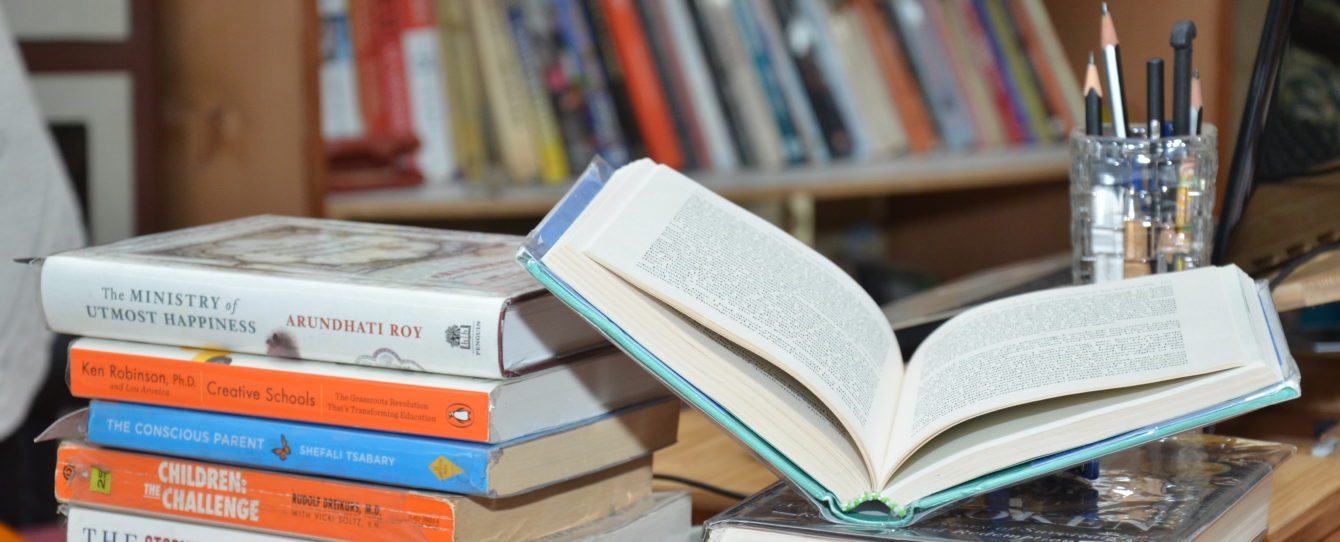Temple visits never fit into my lifestyle. God and deities were never a part of my thoughts, and I haven’t developed any emotional attachments to such eternal spirits.
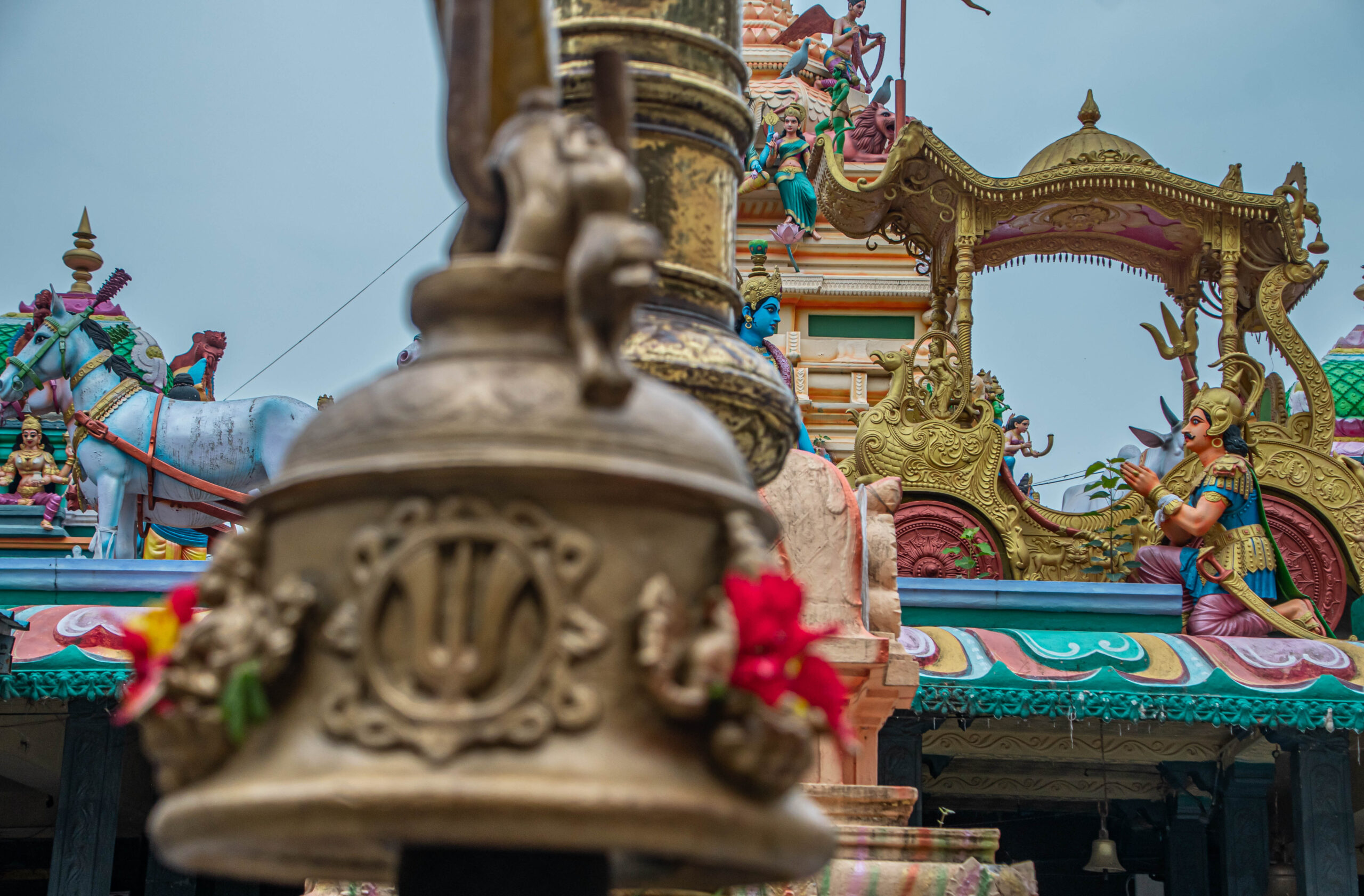
Lately, I’ve felt more at ease with how I view places of worship. Not so much because of a hasty spiritual bent, but curiously, I realized that most of the favoured Gods chose their artistically sculpted sanctuaries, to be resided on the banks of the largest perennial rivers, and a few perched on the sandy shores of the Bay of Bengal.
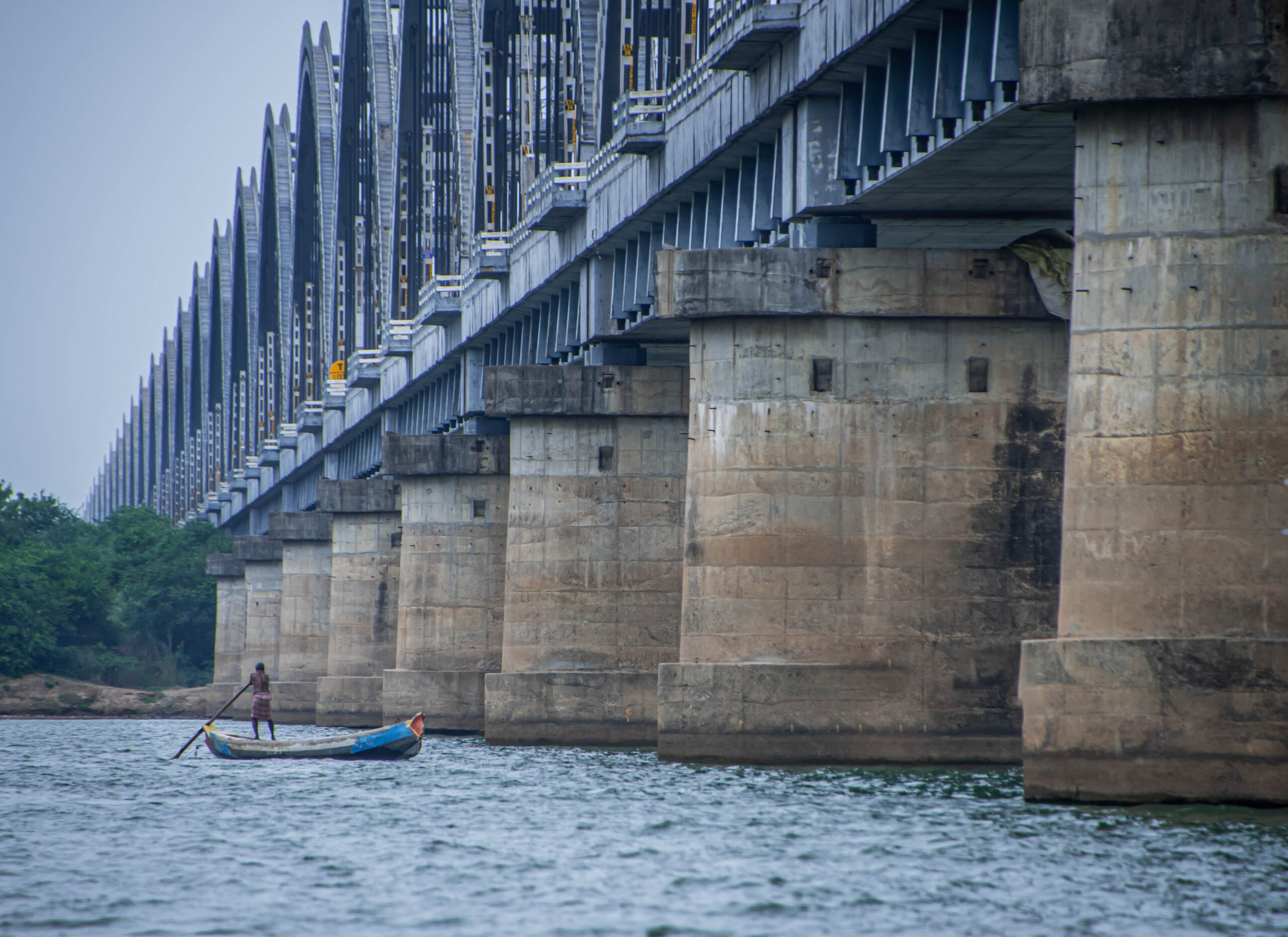
It would be a good idea, I thought, to plan a trip for me and my camera, circling two or three temples that are most talked about for their divine powers and blessings. Both the temples I have selected are on the delta of the River Godavari in Konaseema, Coastal Andhra Pradesh.

My curiosity was stirred when I learned about a village named Anthervedi, where I booked a resort close to the river to stay for three days. The village boasted a unique topography overlooking an intersection where one tributary of the Godavari flows and merges into the Bay of Bengal. The whole scenario evoked some eager stirrings in my shutter buddy. I had heard about the place, but it’s exciting to imagine how the spectacle unfolds, the thrill of holding my camera as I stand on a wedge of sandy beach, watching the sacred river sucked in by the mighty ocean.
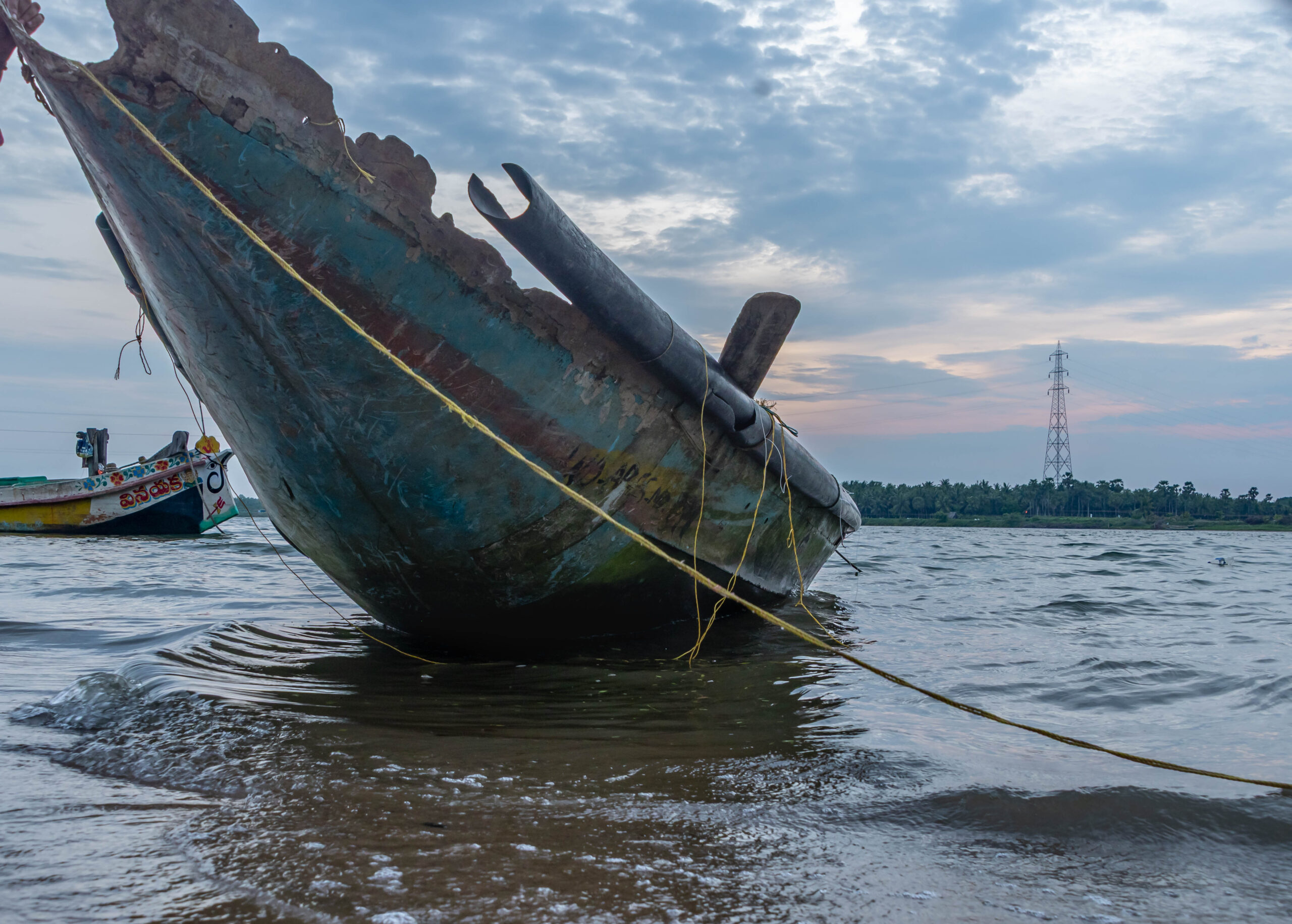
The drive took about four hours. The cloudy skies, hanging thick and dark, bore unfavorable prospects. I gave a pitiful look at my ready-to-fire digital camera as if to assure, ‘Don’t you worry, and I have some creative ideas in these overcast options.’ The weather didn’t bother me much. I was enjoying the smooth ride and the straight, well-maintained roads; zooming past tiny villages dotted at regular intervals by tea stalls, small eateries ready to cater to regular travelers, tired-looking truck drivers, and some errant guys on their heavy-duty motorbikes out for fun.

I used to hear some cringey notions and utterly negative narratives regarding rural customs and villages, which are often stamped as untidy and underdeveloped.
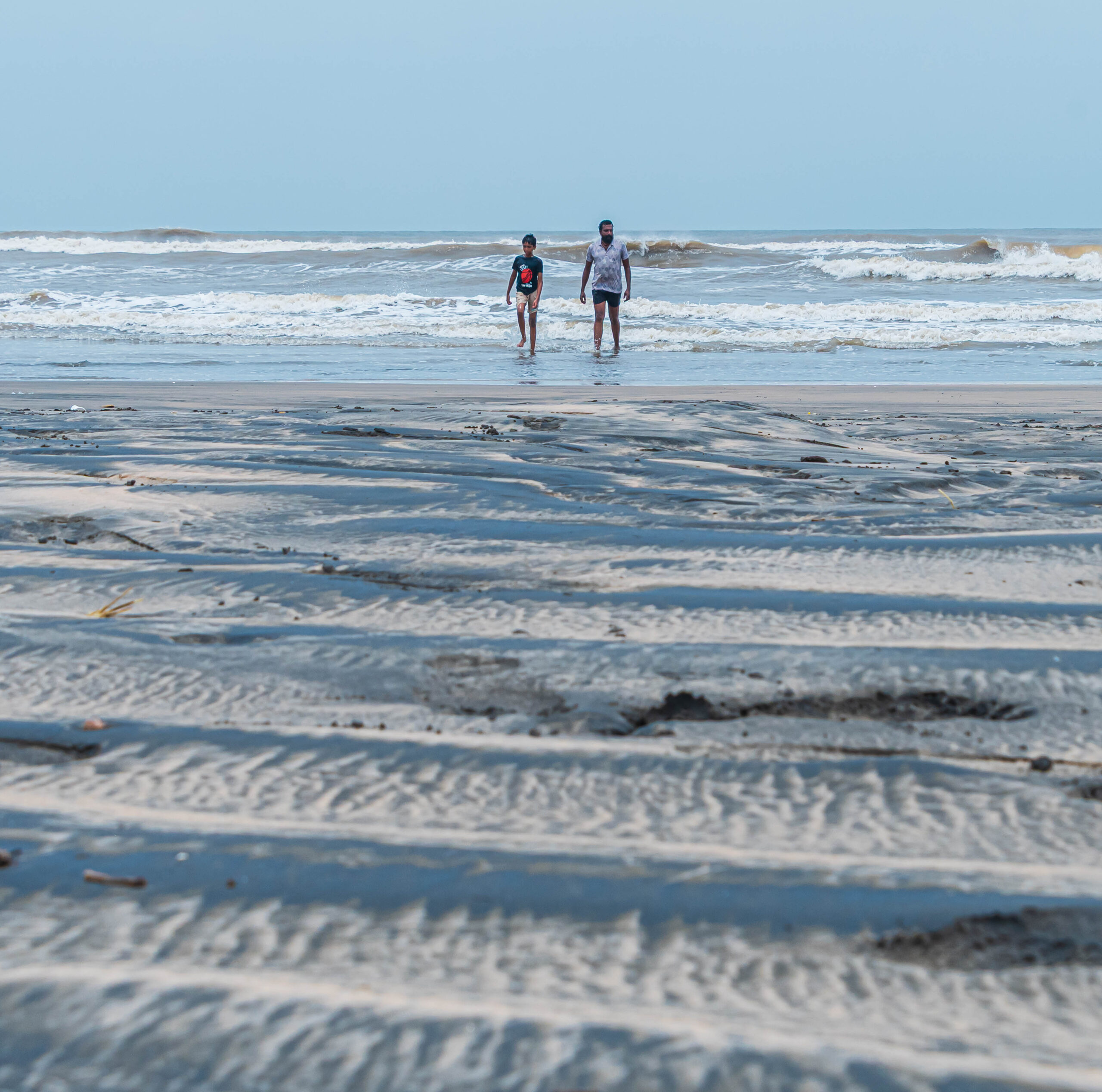
But today, a draft of pride felt warm inside me at this moment. As I sped through, I saw a coming-of-age story of India and its myriad villages, all in their beauty, quality, and conveniences, which were thought to be regrettably impossible a decade ago. Despite the crowds, I observed a notable, wholesome transformation in the outlook of this generation. I see on their faces and in the surroundings a sense of security and self-reliance, as well as a willingness to take in progressive options for the community. There is evidence of improvement in cultural, societal, and civilized aspects as I cut across several villages and hamlets. It was heartening as an onlooker to see the brighter, well-kept-up daily life of the countryside.
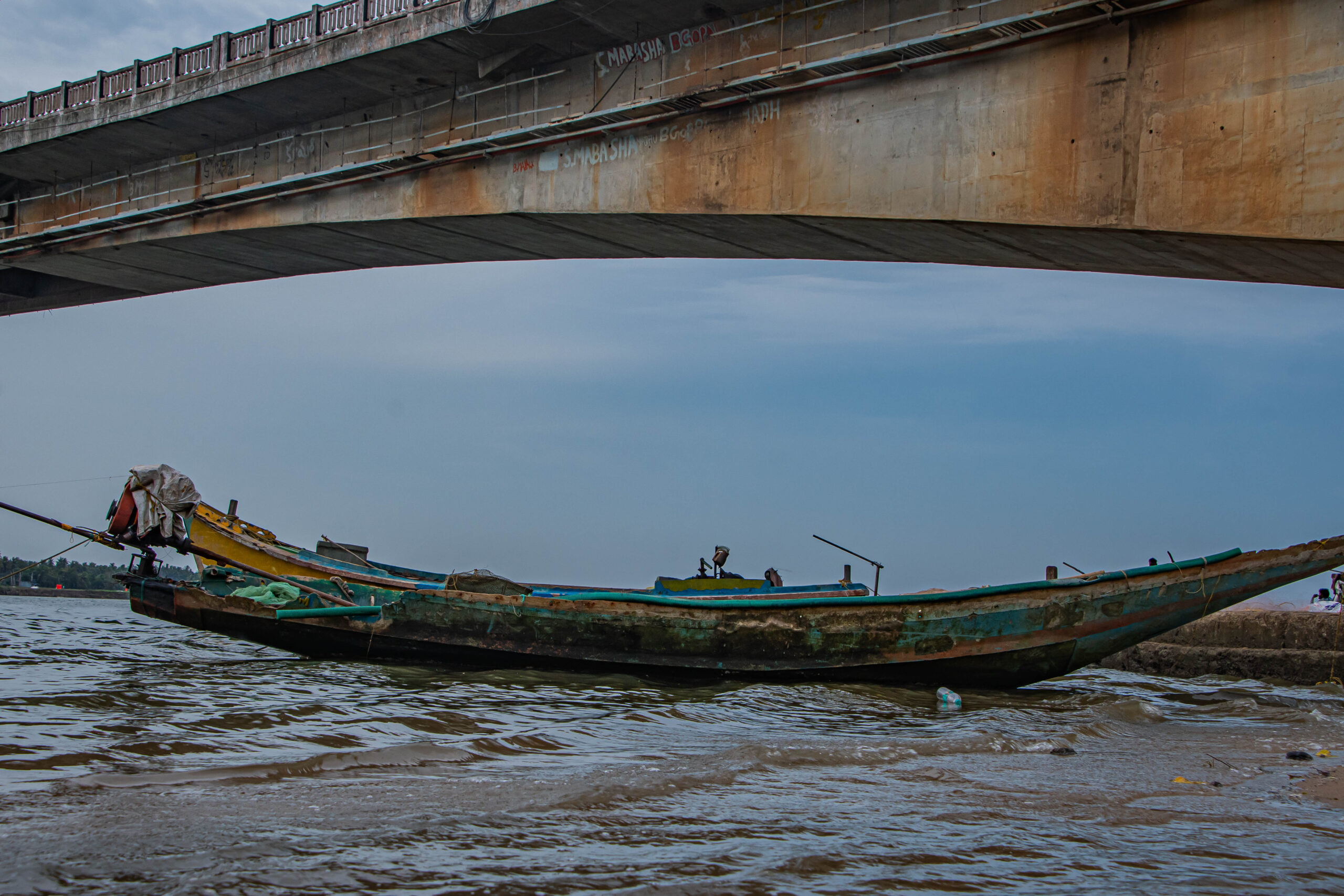
When you travel, there is always something good to see and remember, and certain pleasant aspects to take back home. For skeptics to believe something, they have to go and see.
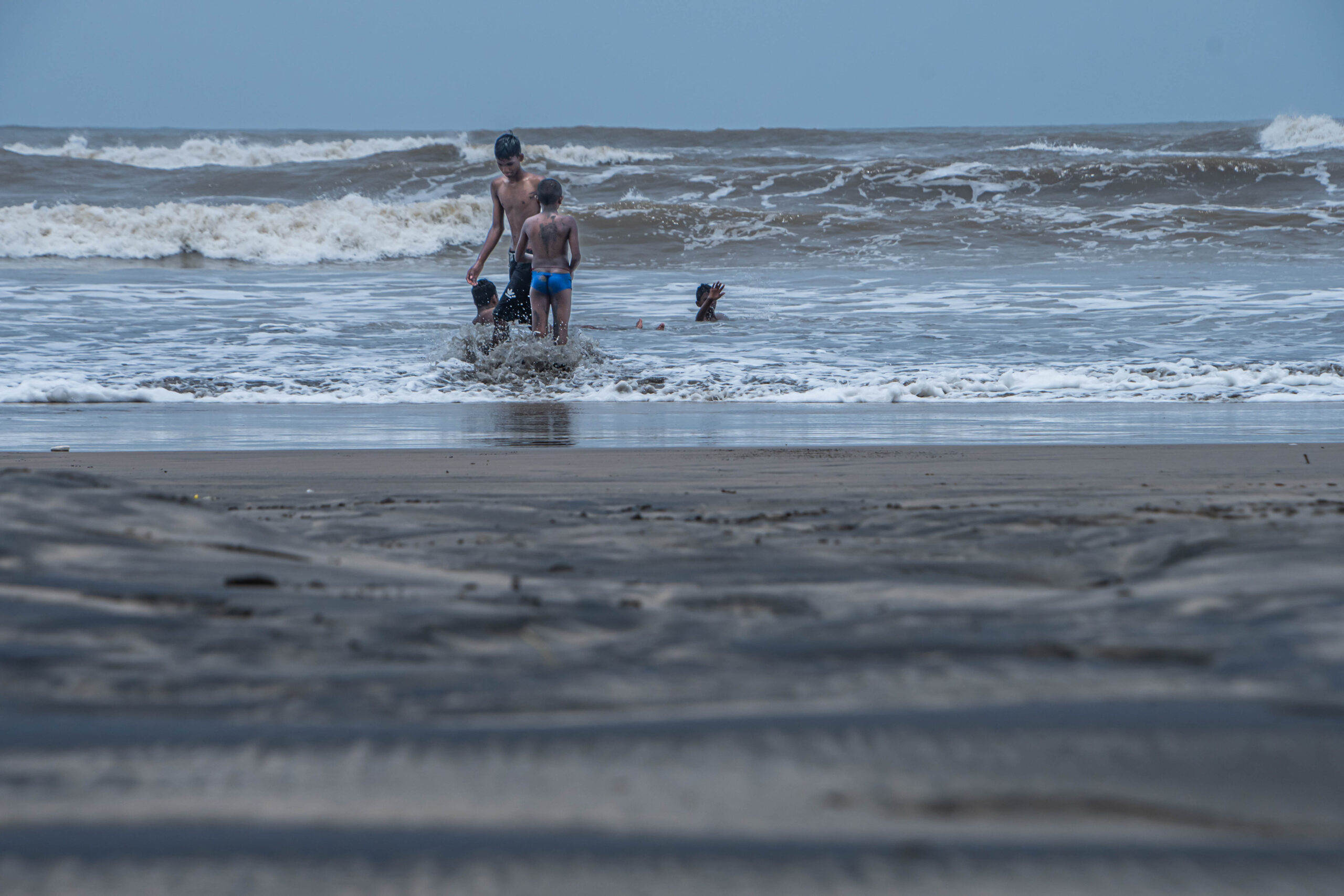
Positivity aside, I was becoming distracted by checking the skies to see if they had any intention of sparing the sun to show its bright face. All the cloudy clusters, dark and threatening, seemed to coalesce so stubbornly that I lost hope that there would be any sunny chance to come up with pleasant, promising exposures.
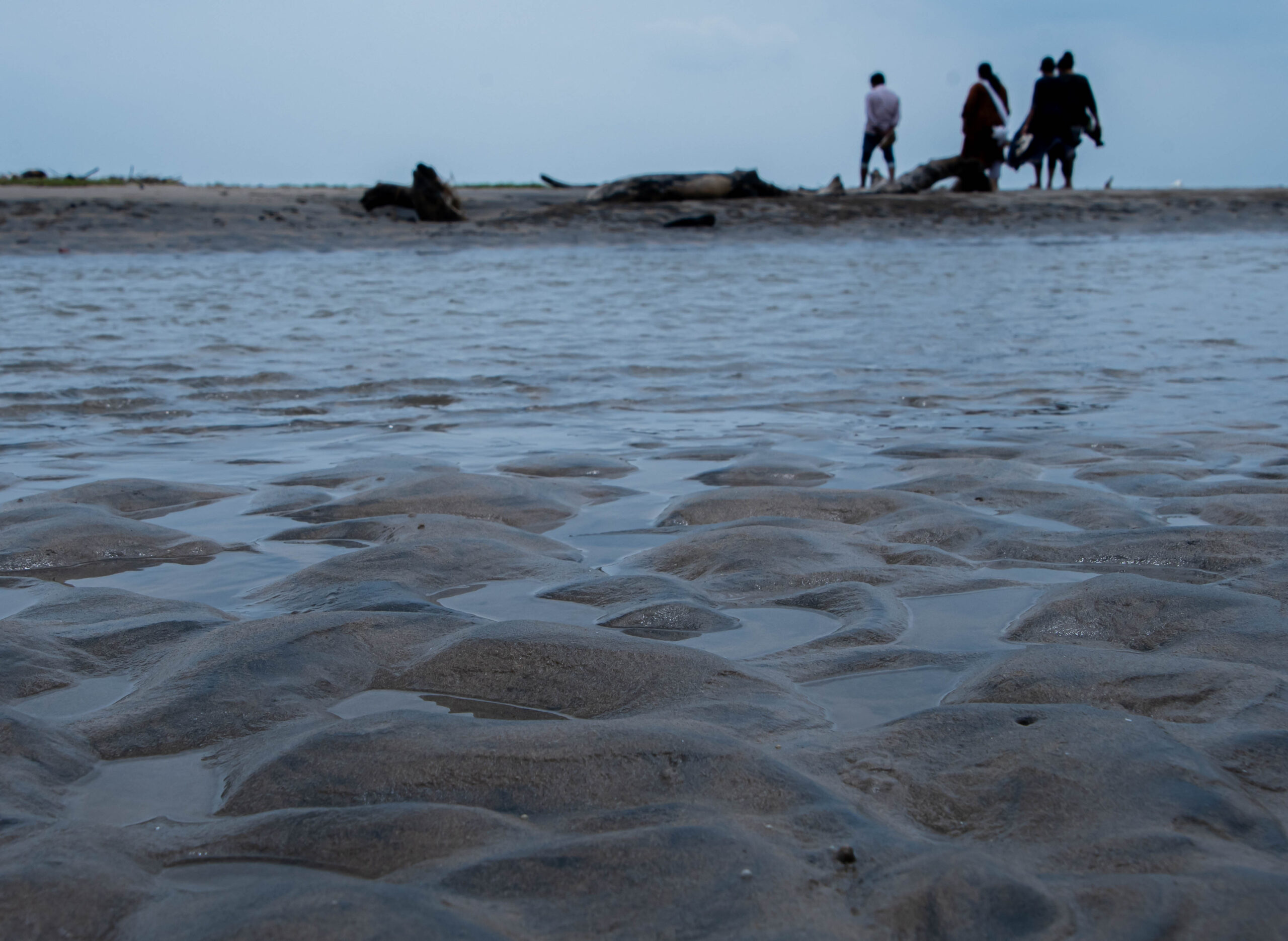
On the first day, I enjoyed a bit of luck; the skies broke out of their sullen moods. However, on the other two days, I had to choose to frame at a low angle to avoid the dull, stormy grey clouds.
For three days, I explored the inviting sounds and impressions of the sea, benevolent like a mother, and protective and powerful portraits of the River Godavari, as well as the prayers and music coming alive in the temples – spiritual keepers of the village folks whom they safeguard.
